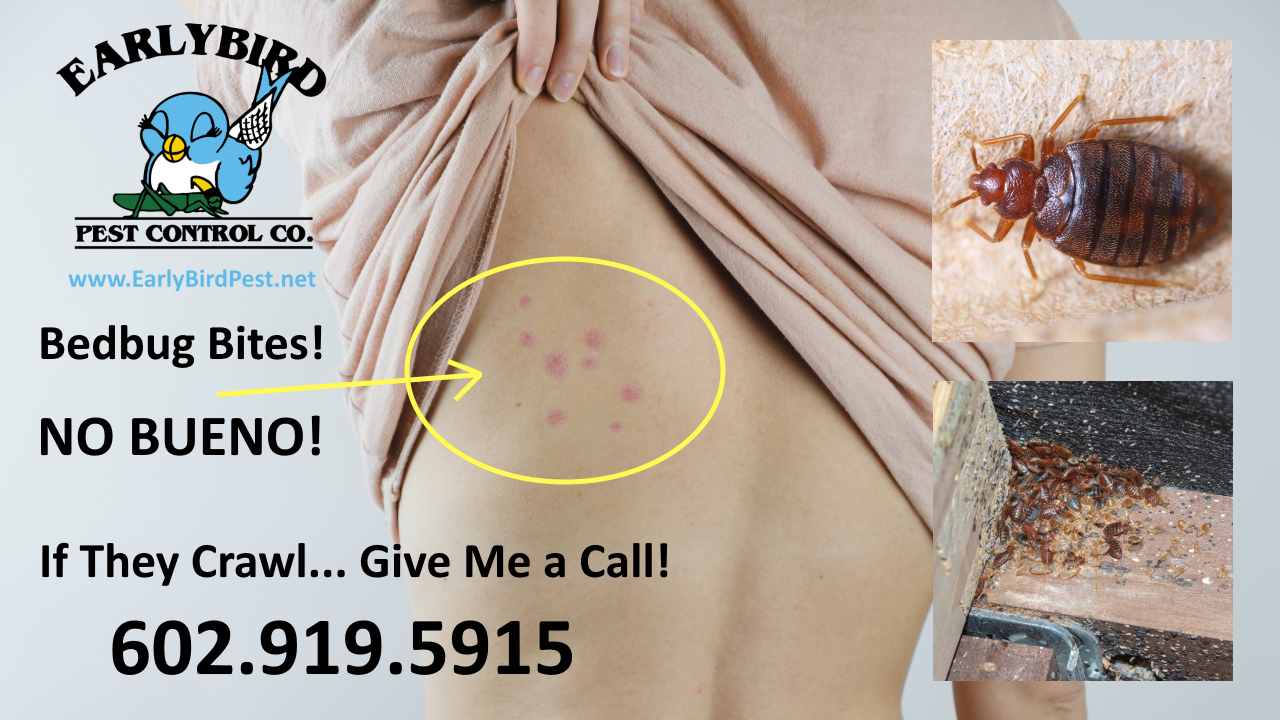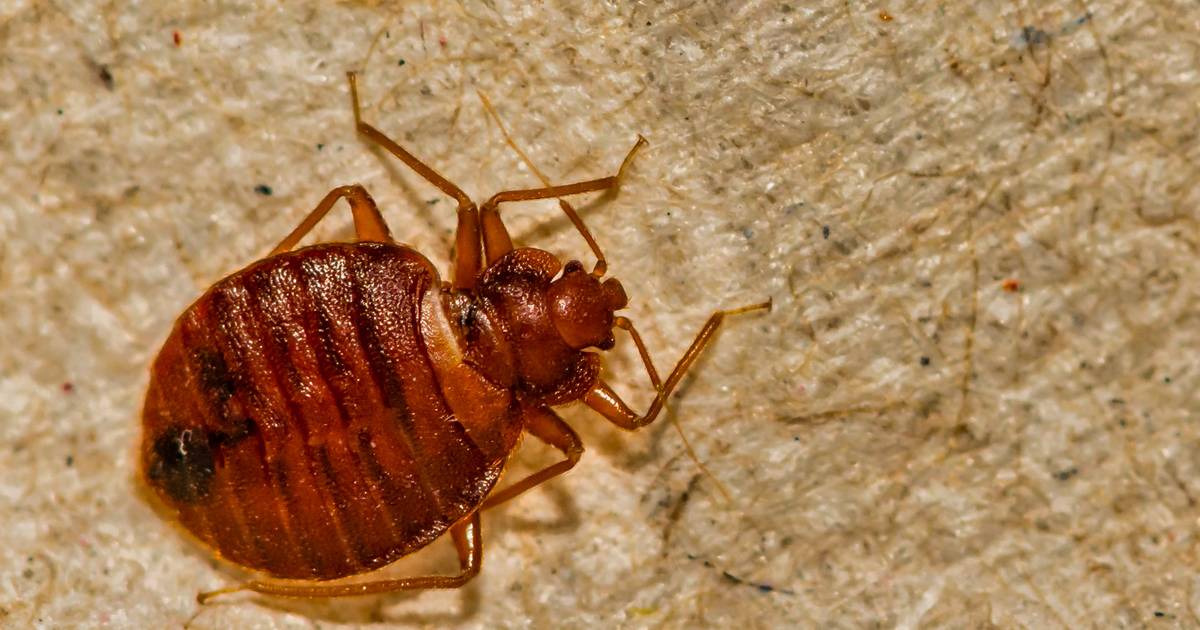Effective Bed Bug Heat Treatment for Homes and Businesses in Arlington
Obtain Educated Regarding the Kinds Of Bug Control Techniques and Their Advantages for House Owners
Comprehending the different bug control approaches offered to homeowners is necessary for effective insect monitoring. Property owners that are educated can make tactical options that not only address insect problems however additionally improve the general top quality of their living atmosphere.
Chemical Pest Control Approaches
Chemical insect control approaches are an essential part of incorporated bug management strategies for home owners looking for effective options to pest problems. These techniques involve the application of chemical compounds designed to remove or deter bugs that intimidate personal effects, wellness, and convenience. Common chemicals used include pesticides, rodenticides, herbicides, and fungicides, each tailored to target details parasites.
The main advantage of chemical bug control is its quick effectiveness; many solutions provide instant outcomes, decreasing pest populaces substantially in a short time. Furthermore, advancements in chemical solutions have actually caused items that are a lot more eco-friendly and have lower poisoning levels for non-target microorganisms when applied correctly.

Organic Bug Control Techniques
All-natural pest control approaches have actually obtained importance as home owners seek safer and much more lasting options to conventional chemical approaches. Organic bug control methods make use of natural killers, parasites, or microorganisms to handle bug populations efficiently. This approach is not just eco pleasant yet also decreases the danger of harm to non-target varieties, consisting of beneficial bugs and wildlife.
Among the most common organic control methods involves introducing all-natural predators into the setting. For instance, ladybugs can be used to control aphid populaces, while nematodes target soil-dwelling bugs like grubs. In addition, parasitoids-- microorganisms that reside on or within a host-- can be employed to manage certain pest species by laying eggs inside them, ultimately leading to their demise.
Another strategy is the usage of biopesticides, which are stemmed from all-natural products such as minerals, plants, or microorganisms (bed bug exterminator). These products can properly target pests while positioning minimal risk to pets and human beings. Generally, organic insect control methods supply home owners with a reliable methods of pest monitoring that lines up with eco-friendly concepts, advertising a much healthier living atmosphere while decreasing dependence on artificial chemicals
Mechanical Pest Control Methods
Mechanical bug control methods encompass a selection of approaches that literally prevent or get rid of bugs without making use of chemicals. These methods are particularly useful for property owners looking for eco-friendly options while making sure the safety and security of their living areas.
One typical approach is using barriers, such as screens, traps, and internet, which stop bugs from going into homes or certain locations. Setting up home window screens can my company successfully keep bugs out, while making use of physical barriers around gardens can deter bigger insects like deer or bunnies. In addition, mechanical traps developed for rodents can capture and eliminate these parasites without the requirement for toxic compounds.
Another reliable strategy includes using brooms and vacuum cleaners to eliminate bugs straight from surface areas. Normal cleansing and maintenance can substantially lower bug populations by getting rid of food sources and concealing spots. Employing tools like ultrasonic pest repellents can deter different parasites via noise waves that are undesirable to them but inaudible to humans.
Cultural Insect Control Practices
Cultural bug control practices concentrate on changing the atmosphere and monitoring methods to develop conditions that are less for pest infestations. These methods are basic in maintaining a balanced ecological community and lowering the reliance on chemical treatments. By changing farming methods, homeowners can properly prevent parasites while advertising plant health and wellness.
One common method includes plant rotation, which interferes with the life process of parasites by altering the sorts of plants expanded in a certain area (bed bug exterminator). This not only lessens pest populaces yet likewise boosts dirt wellness. Furthermore, intercropping-- growing varied plants in proximity-- can puzzle bugs and lower their capability to locate their recommended host plants
Water administration is one more important element of cultural practices. Correct watering strategies can prevent standing water, which acts as a breeding place for mosquitoes and various other pests. Additionally, preserving sanitation around the home, such as regularly eliminating debris and food waste, can considerably decrease insect attraction.
Including these cultural practices right into a comprehensive bug management method permits property owners to create a setting that normally discourages parasites, therefore enhancing the efficiency of various other control methods while advertising lasting gardening and discover here landscaping.

Integrated Pest Monitoring Approaches
Integrated Bug Monitoring (IPM) stands for an alternative strategy that integrates numerous methods to effectively manage bug populaces while reducing environmental impact. This approach incorporates biological, cultural, physical, and chemical practices to achieve lasting parasite control. By evaluating pest populaces and their natural enemies, IPM emphasizes tracking and identifying insects before implementing control steps.
Among the core concepts of IPM is using thresholds, which develop the degree of pest task that necessitates treatment. This ensures that treatments are applied only when essential, decreasing the reliance on chemical pesticides. Organic control methods, such as introducing all-natural killers or bloodsuckers, operate in combination with social techniques like plant rotation and environment control to interfere with pest life process.
Additionally, IPM encourages making use of least-toxic chemical choices when treatment is necessary, focusing on products that pose minimal danger to non-target microorganisms and the setting. For property owners, embracing IPM comes close to not only improves the efficacy of bug monitoring yet also promotes a healthier living environment, cultivating biodiversity and decreasing chemical exposure. Eventually, IPM empowers home owners to make informed decisions that stabilize pest control with environmental responsibility.
Conclusion
In final thought, understanding the numerous bug control techniques encourages homeowners to make enlightened decisions regarding pest administration. Each technique-- chemical, organic, mechanical, cultural, and integrated parasite management-- offers distinct benefits that provide to various needs and preferences.
Comprehending the different pest control techniques available to homeowners is important for reliable parasite administration.Chemical pest control approaches are a crucial component see here of incorporated parasite administration techniques for homeowners seeking effective remedies to pest problems. In general, biological insect control strategies offer homeowners with an effective ways of insect monitoring that aligns with ecological concepts, advertising a healthier living environment while minimizing dependence on artificial chemicals.
Social pest control practices concentrate on modifying the atmosphere and management strategies to create problems that are much less favorable to pest problems.In final thought, comprehending the numerous pest control approaches encourages house owners to make educated decisions relating to pest management.